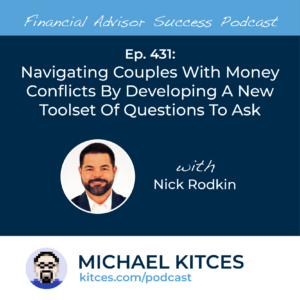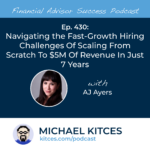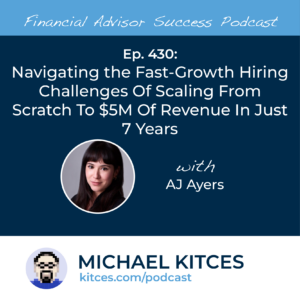For many financial advisors, a core part of the retirement planning process involves simulating whether the client's assets will last through retirement. Traditionally, these simulations take the form of either Monte Carlo analyses – showing the percentage of simulated outcomes in which the client finishes with assets remaining – or stress tests that assess plan durability under a handful of adverse scenarios. Yet while these tools offer mathematical metrics, they often fall short in helping clients connect the numbers to their real lives. The reality is that most people struggle to make confident decisions based on abstract reasoning. Although the numbers might work out mathematically, clients still need to do the mental work of translating the numbers on the page into something that feels tangible and real – something they can imagine actually living through.
One way that advisors can help bridge this gap is by using Historical Market Visualization (HiMaV) as a more intuitive alternative for illustrating retirement income strategies. HiMaVs leverage the brain's natural preference for narrative and visual information by showing how a retirement income plan – such as a risk-based or guardrails-based strategy – would have fared during actual historical periods like the Great Depression, Stagflation of the 1970s, or the 2008 Global Financial Crisis. With reliable data from more than a century of market history, advisors can anchor planning scenarios in real events that clients may already be familiar with through lived experience or cultural memory.
What works about HiMaV is that it grounds financial projections in a story-based context. Rather than modeling a generic environment of below-average returns and above-average inflation, advisors can show how the same dynamics played out during a known time period – making the scenario more accessible and relatable. For example, when clients can see how their plan might have fared during a historical market downturn they already recognize, it becomes easier to imagine how they might respond and adapt. That emotional connection supports confidence and increases the likelihood that the client will stick with their plan and stay committed through both good markets and bad.
Retirement planning, then, isn't just about getting the math right to work out between the client's desired spending level and their income and assets available, nor is it about achieving the highest Monte Carlo score. It's about developing a dynamic spending plan (e.g., a guardrails-based strategy that adjusts spending levels if the client's portfolio either exceeds or drops below specified thresholds) that clients can understand, trust, and follow consistently. HiMaVs support this process by showing how those strategies would have played out in real-life historical scenarios, helping clients grasp when and why spending adjustments might have occurred.
Ultimately, the key point is that retirement income planning is not just about statistics – it's about helping clients believe in their plan. HiMaVs give clients a powerful lens through which to view their strategy, transforming abstract probabilities into lived, relatable experiences. And when clients feel grounded in the history of what's come before, they'll be better equipped to navigate the uncertainty of what lies ahead!









